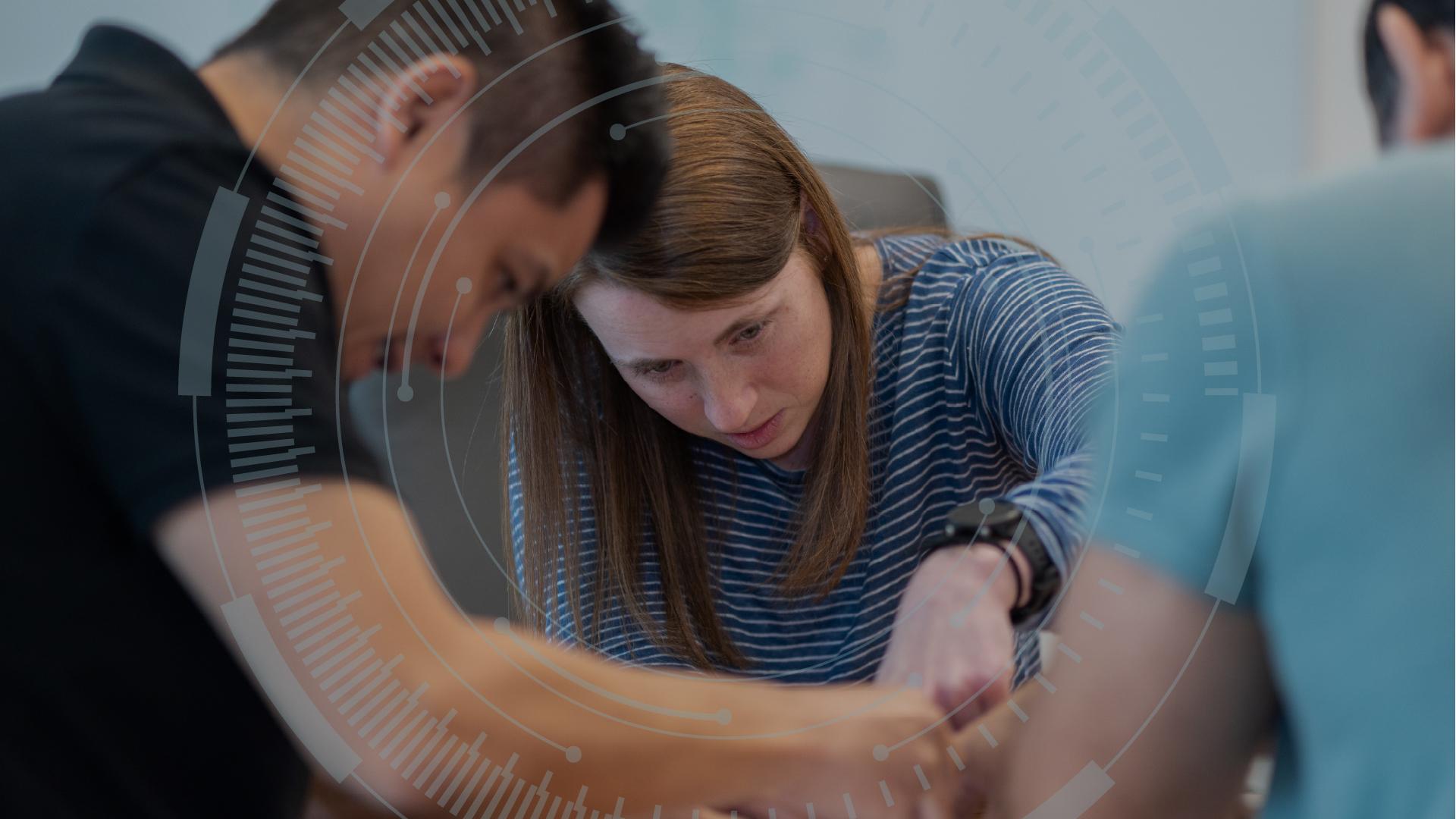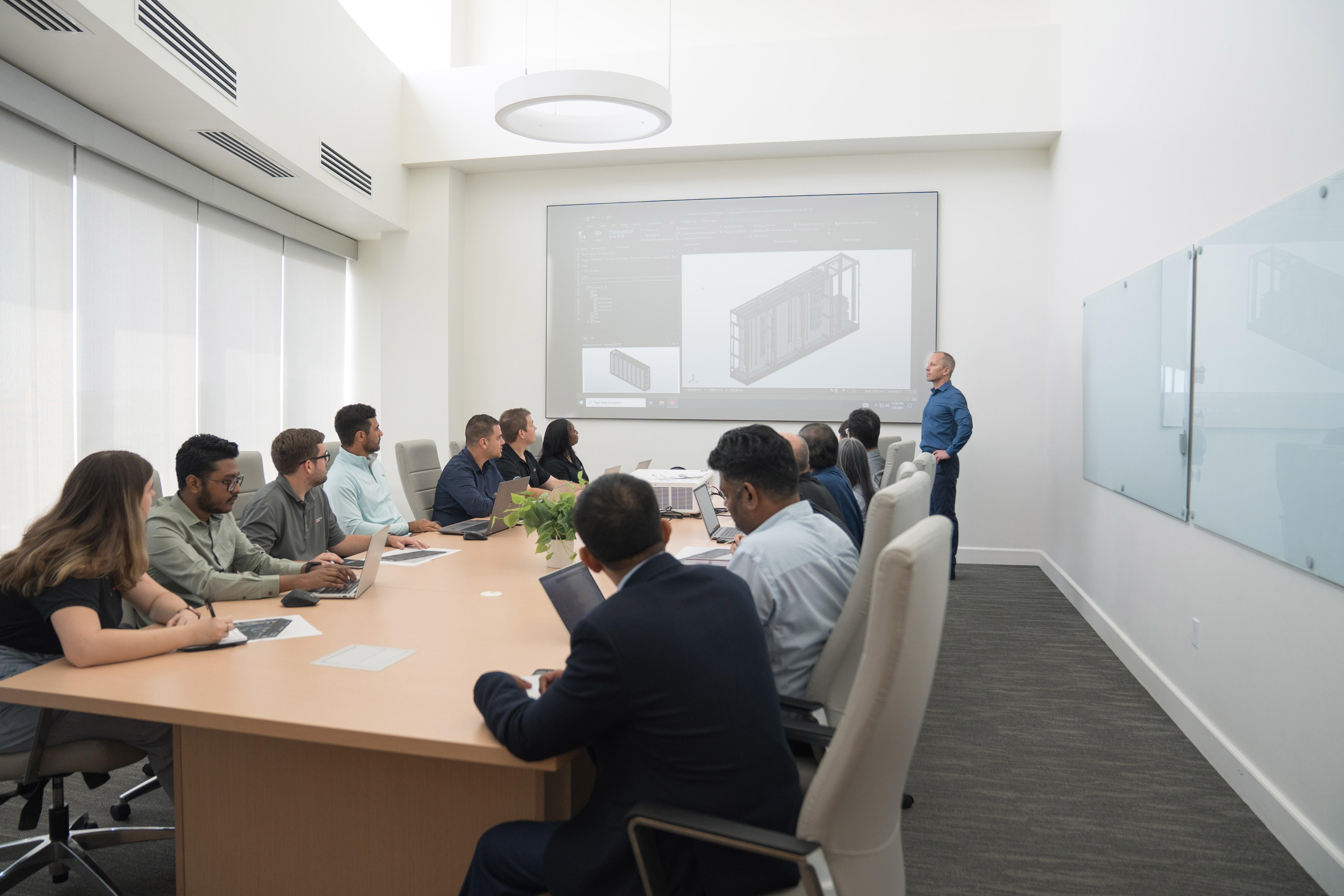
INSIGHTS
Engineering Careers in Energy: The Human Force Behind the Transition

The Engineering Mindset Behind the Energy Transition
Much of the conversation around the energy transition centers on the technologies involved. From renewables to carbon capture to hydrogen, the development and implementation of low-carbon solutions require engineering ingenuity and creativity. Success will depend on more than the technology itself — and something more human: the engineering mindset.
In the topography of the modern energy landscape, engineers — including those at Mitsubishi Power — are increasingly acting as translators. They make technical concepts accessible to business leaders and implement systems that can be designed, built, and maintained faster and more efficiently than ever before. Mitsubishi Power engineers are problem solvers by nature, working with urgency, collaborating deeply, and helping deliver solutions that either reduce carbon now or are retrofittable to support decarbonization in the future.
And they’re in demand. Since 2020, U.S. clean energy jobs have grown by 400,000 — a 12.8% jump, according to the U.S. Energy and Employment Report. Engineering degrees (Bachelor’s and Master’s) have surged as well, rising by approximately 33% from 2010 to 2021, according to the National Center for Education Statistics. Still, the supply of engineering talent falls short of what this pivotal moment requires: a complete reimagining of power systems, grid infrastructure, and energy supply chains.
As the energy transition accelerates, engineering careers in energy are emerging as one of the most direct and impactful ways to apply the engineering mindset to global challenges.
“Engineers aren’t just running calculations anymore — they’re helping guide decisions.” – Ramy Massoud, Director of Engineering Integration at Mitsubishi Power Americas. “We’re more involved than ever, and that level of influence is what excites me most.”
Engineering the Future of Energy
Mitsubishi Power engineers are doing more than adapting to the energy transition. They’re architecting it. They are reimagining what’s possible by balancing growing energy demand with the imperative to reduce costs and emissions — all while accelerating the shift to sustainable energy systems.
This transformation is driven by digital integration, enabling innovation to scale across the business and helping customers respond with agility. Engineers here are empowered to think differently — and act boldly.
How Mitsubishi Power Engineers are Powering the Future
Empowering Early-Career Engineers
The next generation of engineering talent is redefining energy innovation jobs, bringing fresh digital fluency and a questioning mindset to legacy systems. This mindset — to rethink, challenge, and improve — is central to Mitsubishi Power’s culture.
Justin Mymudes began his journey through the company’s internship program, where he created tools to help teams manage engineering data more effectively. One of his innovations — a platform to streamline customer specification reviews — was presented to over 200 engineers. Now, as a full-time control systems engineer, he continues to turn early contributions into long-term impact.
“That kind of opportunity was a turning point for me,” says Mymudes. “It proved that what you contribute matters here.”
From Intern to Leader
Ramy Massoud, now Director of Engineering Integration, also started as an intern at Mitsubishi Power in 2005, working in component engineering. Today, he leads digital transformation across the engineering organization, involving young engineers in cross-functional projects to ensure they gain a voice early in their careers.
“Engineers aren’t just running calculations anymore — they’re helping guide decisions,” says Massoud. “We’re more involved than ever, and that level of influence is what excites me most.”
A Culture of Innovation
This culture of contribution and innovation runs deep. Every employee is encouraged to submit ideas for product or process improvement. One such idea resulted in the redesign of gas turbine modular enclosures — now built with prefabricated components that simplify assembly while supporting Mitsubishi Power’s hydrogen-capable JAC series gas turbines.
“We have set our vision to implementing change and not getting stuck with the status quo.” – Udo Zirn, Vice President of Engineering at Mitsubishi Power Americas.
Driving Agility and Impact
With growing global energy demand, the pressure to deliver power solutions quickly has never been greater. Improvements like the modular gas turbine enclosures enable faster assembly of core systems. To meet this urgency, Mitsubishi Power engineers balance customization and efficiency through enhanced standardization and digital workflows.
“Right now, the market demands gas turbines to be delivered as fast as possible, and a short design and delivery schedule is the key to success,” explains Zirn. “To deliver fast, we have to standardize products to the point where we can duplicate.”
Digital Integration for Smarter Decisions
The engineering team is implementing a cutting-edge configuration control process — creating a shared digital thread with traceable components and part numbers. This system enables engineers and service teams to instantly track where parts are deployed, assess performance, and pinpoint areas for improvement.
The results? Faster decisions around repairs, better quoting accuracy, improved inventory management, and shared efficiencies across products.
Customers benefit from proven, reliable components. Suppliers benefit from duplicable timelines. And engineers benefit from streamlined collaboration and clearer system visibility — critical to accelerating the engineering culture in the power industry.
The Future of Energy Engineering Is Now
By simplifying complexity, embracing cross-disciplinary collaboration, and scaling digital innovation, Mitsubishi Power is building more than just energy systems — it’s building the future of energy engineering.
“We’ve set our vision to driving change and not getting stuck in the status quo,” says Zirn. “We want to be an incubator of new things.”
This vision is becoming a lived reality — from interns creating tools that influence hundreds of engineers, to seasoned leaders steering global transformation. Discussions on repeatable designs, digital workflows, and collaborative engineering now happen as naturally in the breakroom as they do in formal meetings.
Shaping the Energy Transition — and the industry
What’s happening inside Mitsubishi Power reflects a broader trend: engineers have an extraordinary opportunity to shape how global energy systems evolve. The work ahead requires bold thinking, scalable solutions, and sustainable outcomes — all of which define careers at Mitsubishi Power.
If you’re ready to build what’s next, join us.
Explore engineering careers in energy at Mitsubishi Power.
Discover how Mitsubishi Power engineers are driving clean energy innovation and shaping reliable, sustainable power solutions for the future.



